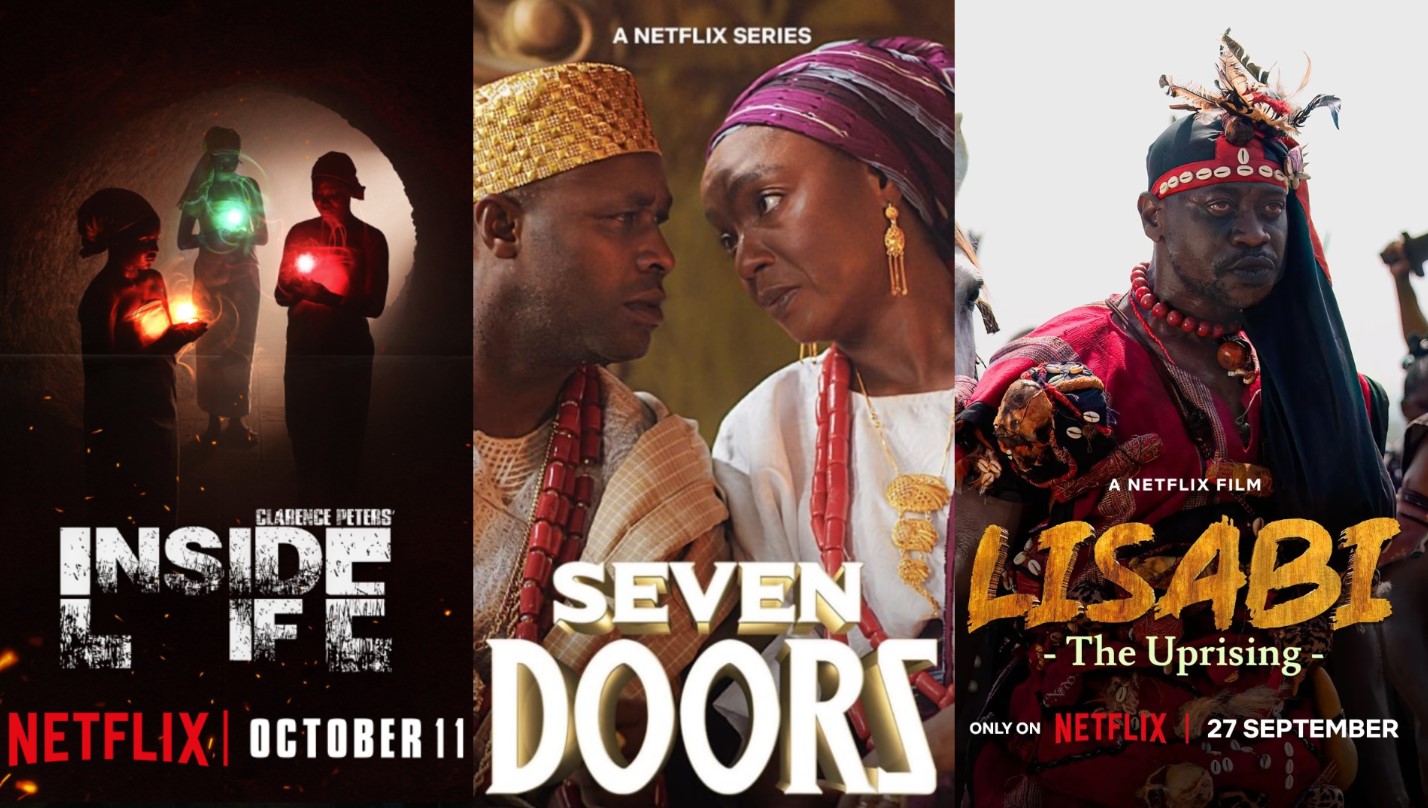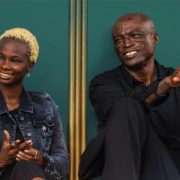Does the AMVCA reflect the true diversity and excellence of African cinema, or does it merely reward the loudest voices in the room?
By Joseph Jonathan
The 11th edition of the Africa Magic Viewers’ Choice Awards (AMVCA), held on May 10th, 2025, in Lagos, was, as always, a spectacle of fashion, fame, and celebration. Over the years, the AMVCA has become the most recognisable award ceremony for film and television in Nigeria and indeed, all of Africa.
But beneath the glitz and glamour lies a recurring question: how effectively does the event honour the artistic and technical excellence it claims to celebrate? This year’s ceremony once again stirred applause, raised eyebrows, and reignited long-standing concerns about credibility and direction.
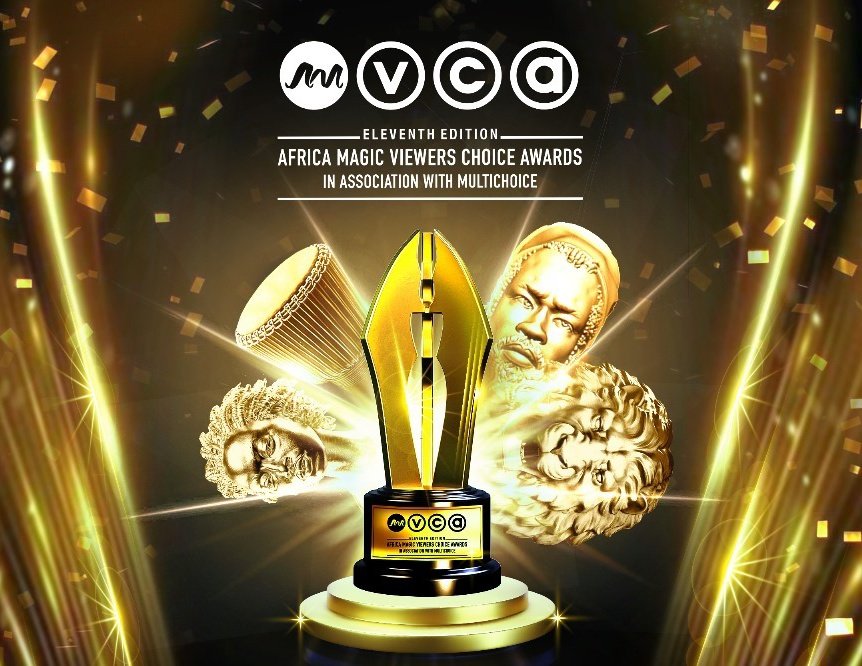
Production-wise, the event delivered what one has come to expect: sleek stage design, well-lit red carpet moments, live music performances, a soulful in memoriam segment, and a meticulous flow of segments that reflect the polish of a MultiChoice–backed show. Impressively, the show began right on schedule at 7pm, which is a rarity for many Nigerian events and a mark of growing professionalism.
IK Osakioduwa, the show’s long-time host, brought his usual energy and charisma, and made jokes that took jabs at guests, occasionally dipping into uncomfortable territory. 16-year-old co-host, David Oke, was a refreshing addition to the night, bringing sincerity and youthful presence to the stage. Together, they had a decent rapport, delivering some of the most engaging moments of the night.
However, despite the overall polish, there were cracks beneath the surface. The stage management was not always at its best, from technical issues like obvious teleprompter glitches disrupting the smoothness of the speeches delivered by those who presented the awards, to presenters forgetting to announce the winner of what should have been the second biggest award of the night.
Moreso, the decision to introduce a talking parrot as a time regulator for acceptance speeches fell flat. Intended as a quirky device, the parrot’s loud interjections—often poorly timed—came across as corny and tacky, breaking the emotional rhythm of acceptance speeches rather than keeping them succinct.
For all its branding as a celebration of African storytelling, the AMVCA has increasingly leaned into celebrity and fashion culture. This year was no different. More social media content circulated about who wore what than who won what. While glamour has its place, this imbalance contributes to the perception that the awards are more a lifestyle event than a cinematic one.
This perception may or may not have something to do with the glaring absence of at least half of the night’s winning actors and filmmakers, depriving the audience of the heartfelt speeches that make award events worth watching. In the acting categories, the Best Lead Actress and Best Supporting Actor had representatives pick up their awards. The Best Director did not make it, neither did the producers who won Best Movie and Best Scripted Series.
That leads us to the bigger question of the credibility of the awards itself. As expected, outcomes this year were a mixed bag. Lisabi: The Uprising which was the most nominated film on the night (ten), emerged as a dominant force, sweeping awards for Best Art Direction, Best Makeup, and Best Indigenous Language Film (West Africa).
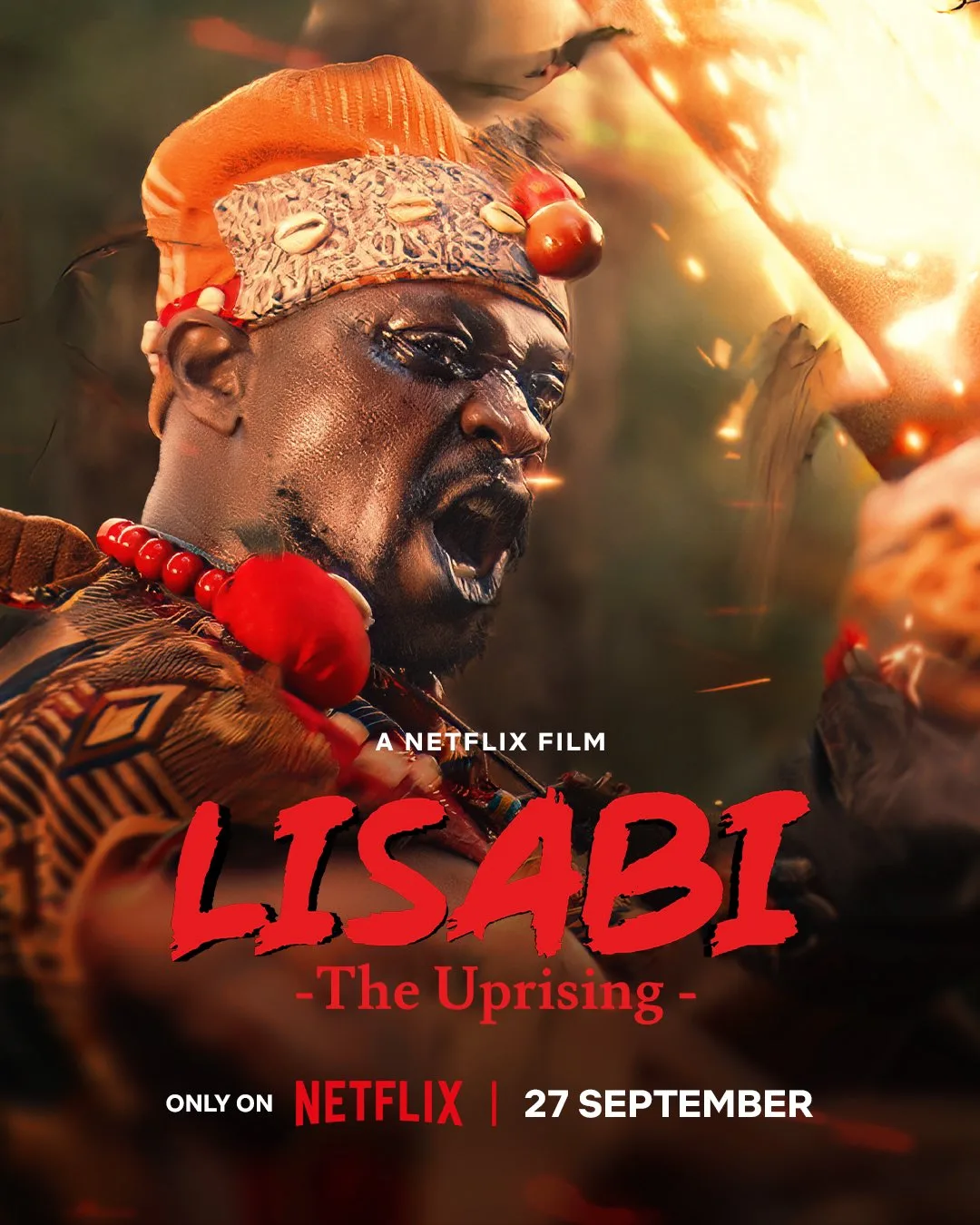
Lisabi: The Uprising is easily one of the most divisive Nollywood films from last year, as audiences can’t seem to agree on its merits. However, it is important to note that when conversations about the awards wins are brought up, it is usually within the context of other nominated films. Hakeem Effect won Best Makeup for Lisabi: The Uprising, but considering the fact that his makeup work in two other projects (Aníkúlápó: Rise of the Spectre and Seven Doors) were also nominated in the same category, one begins to wonder if indeed his best work won.
I had planned to write a whole paragraph explaining why I think Seven Doors should have won the Best Indigenous Language Film (a category that features both film and series nominations) until I recalled it was an audience voting category. Nevertheless, the AMVCA can at least explain what that category really is about.
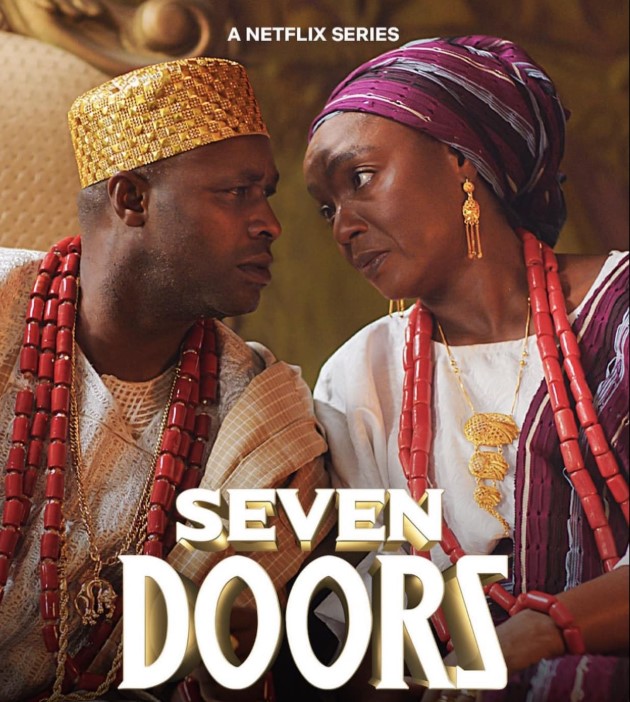
Are audiences voting for the best use of an indigenous language in a film or the best film in an indigenous language?
In the Best Scripted Series category, Clarence Petersʼ Inside Life clinched the award, and it is difficult to understand why. While the show had promise and started out well, it took a nosedive from around the third episode. In a category that had better written shows like Seven Doors, Princess on a Hill, and ChetaʼM, the credibility of Inside Lifeʼs win is questionable. For a category decided by the jury, it seems as though they were looking to spread award wins rather than just reward cinematic excellence.
What does the Trailblazer Award mean, and how does its recipient get decided? These have been the questions on my mind since Kayode Kasum clinched the award on Saturday night. Like most viewers, I struggle to understand the rationale for awarding Kasum with the award because the last time a director (C. J. “Fiery” Obasi) won it in 2015, he had just a debut feature to his name.
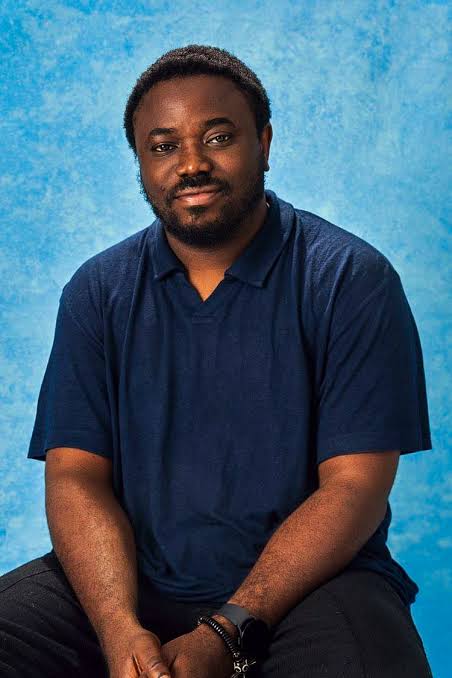
Kasum, on the other hand, has been in the industry for almost a decade with over 20 films credited to him as director. When you look at past winners of the award, it is understandable why audiences liken it to the Headies Next Rated, hence the confusion over Kasum’s win.
In what was the larger joys of the night, Freedom Way deservedly won Best Movie and Best Writing (Movie), but it begs the question: how did the best movie get only one acting nomination (Best Supporting Actor), no directing nomination, and only two nominations in the technical categories (Sound/Sound Design and Score/Music)?
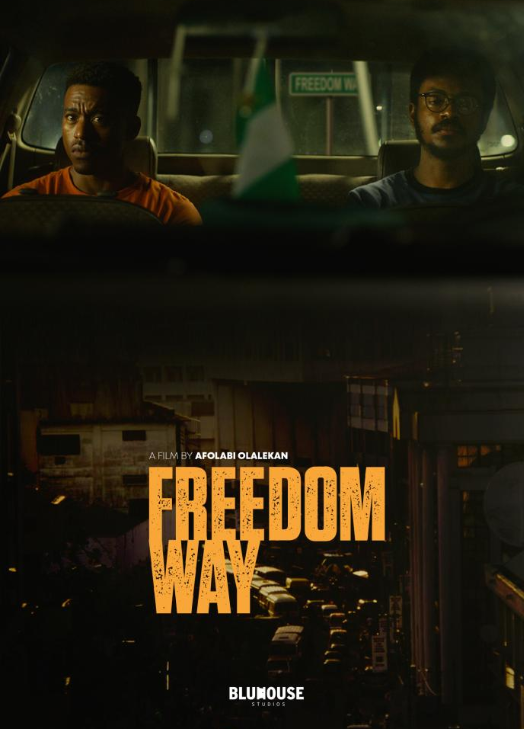
There is also the question of representation for non-Nigerian films. A Tanzanian series, Wa Milele?, won Best Unscripted Series while a Kenyan series, Untying Kantai, took home Best Writing (Series). South African film, Inkabi, picked up the award for Best Editing, and it is not surprising, considering that many of Nollywood’s big budget projects rely on their South African counterparts for post-production expertise.
Yet, there is a sense that the continued underrepresentation of Francophone, Lusophone, and North African cinema (especially in the major categories) undermines the supposed ‘continental’ feel of the AMVCA. While there were token nods to South African and Kenyan entries in the major categories, there is almost no expectation for these films to win their categories as the overall flavour remains predominantly Nigerian and Anglophone.
It’s worth asking: does the AMVCA reflect the true diversity and excellence of African cinema, or does it merely reward the loudest voices in the room? The answer is complicated.
On one hand, it offers a rare platform for African filmmakers to be seen, validated, and celebrated on a regional stage. On the other hand, the curation of nominees often leaves much to be desired and reflects biases of platform affiliation, language, and proximity to Lagos, the de facto capital of African entertainment.
Despite what anyone thinks or feels about the AMVCA, one truth remains—that it reflects the aspirations of an industry still wrestling with its identity, value systems, and place in the global film conversation.
Joseph Jonathan is a historian who seeks to understand how film shapes our cultural identity as a people. He believes that history is more about the future than the past. When he’s not writing about film, you can catch him listening to music or discussing politics. He tweets @JosieJp3.


